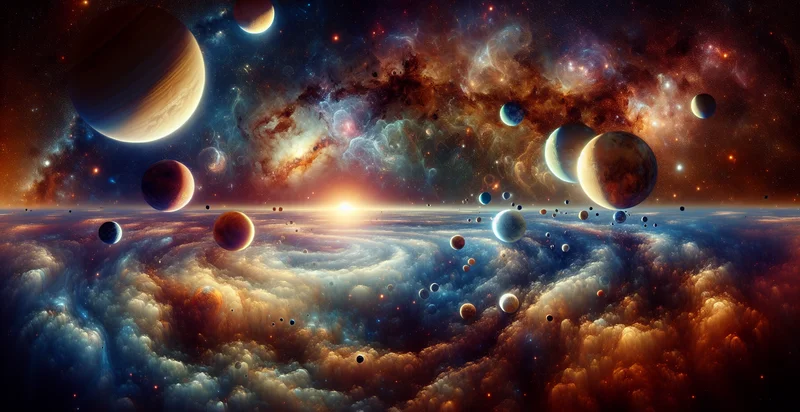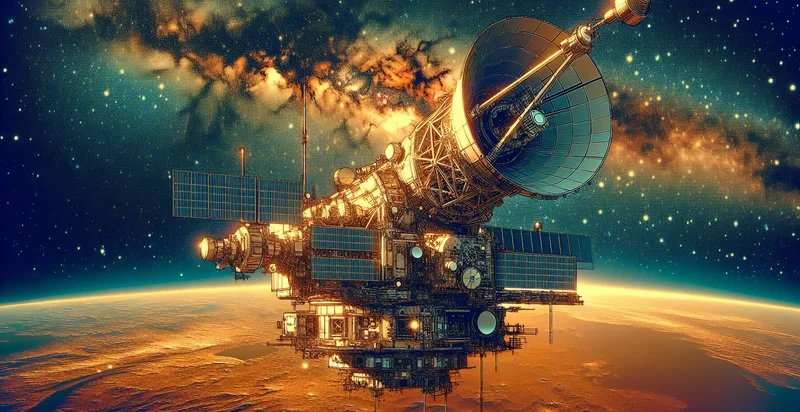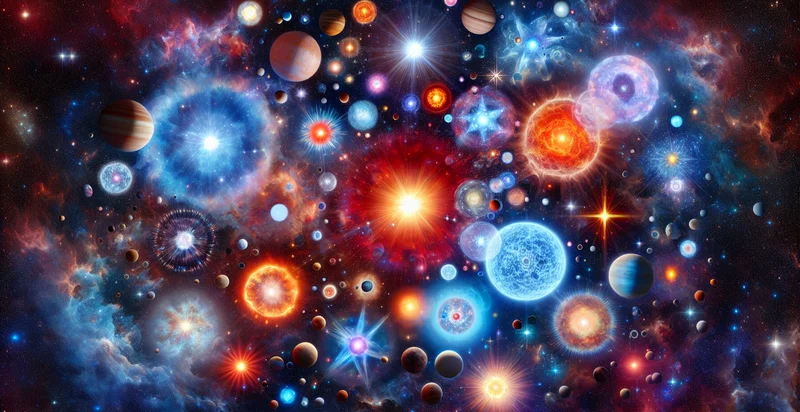Identify planets
using AI
Below is a free classifier to identify planets. Just upload your image, and our AI will predict what type of planet it is - in just seconds.

Contact us for API access
Or, use Nyckel to build highly-accurate custom classifiers in just minutes. No PhD required.
Get started
import nyckel
credentials = nyckel.Credentials("YOUR_CLIENT_ID", "YOUR_CLIENT_SECRET")
nyckel.invoke("planets", "your_image_url", credentials)
fetch('https://www.nyckel.com/v1/functions/planets/invoke', {
method: 'POST',
headers: {
'Authorization': 'Bearer ' + 'YOUR_BEARER_TOKEN',
'Content-Type': 'application/json',
},
body: JSON.stringify(
{"data": "your_image_url"}
)
})
.then(response => response.json())
.then(data => console.log(data));
curl -X POST \
-H "Content-Type: application/json" \
-H "Authorization: Bearer YOUR_BEARER_TOKEN" \
-d '{"data": "your_image_url"}' \
https://www.nyckel.com/v1/functions/planets/invoke
How this classifier works
To start, upload your image. Our AI tool will then predict what type of planet it is.
This pretrained image model uses a Nyckel-created dataset and has 30 labels, including 55 Cancri E, Callisto, Ceres, Deimos, Earth, Eris, Europa, Ganymede, Gliese 581G and Haumea.
We'll also show a confidence score (the higher the number, the more confident the AI model is around what type of planet it is).
Whether you're just curious or building planets detection into your application, we hope our classifier proves helpful.
Related Classifiers
Need to identify planets at scale?
Get API or Zapier access to this classifier for free. It's perfect for:
- Astronomy Research Assistance: This function can be used by researchers and astronomers to filter out false images in datasets involving celestial bodies. By accurately identifying and classifying images of planets, researchers can focus on authentic data for their analysis and studies.
- Educational Tools for Schools: Educational technology platforms can implement this function to enhance learning materials in astronomy classes. By distinguishing false images from genuine ones, students can engage with verified content, fostering a more accurate understanding of planetary science.
- Content Moderation for Astronomy Forums: Online astronomy forums can utilize this function for content moderation to ensure users share only accurate representations of planets. By automatically flagging or removing false images, these platforms maintain a high standard of content integrity and user trust.
- Planetary Exploration Missions: Space agencies can employ this identifier in the analysis of images taken from planetary exploration missions. By eliminating false images, mission teams can concentrate on valid data for mission planning and scientific analysis, ensuring resource efficiency.
- Science-Based Social Media: Social media platforms can leverage this technology to identify and curate space-themed content, ensuring that users see genuine images of planets. This would not only improve user experience but also reduce misinformation and promote educational content.
- AI Training Data Enhancement: AI developers can use the “planets” identifier to refine training datasets for machine learning models focused on space imagery. By filtering out false images, developers can improve model accuracy and reliability, leading to better performance in applications such as autonomous robotic navigation in space.
- Digital Art Curation: Online galleries and digital art websites can utilize this identifier to ensure that images labeled as planets are genuine representations, aiding artists and curators in maintaining high standards. By filtering out manipulative or false representations, platforms can enhance user trust and experience in their digital collections.


